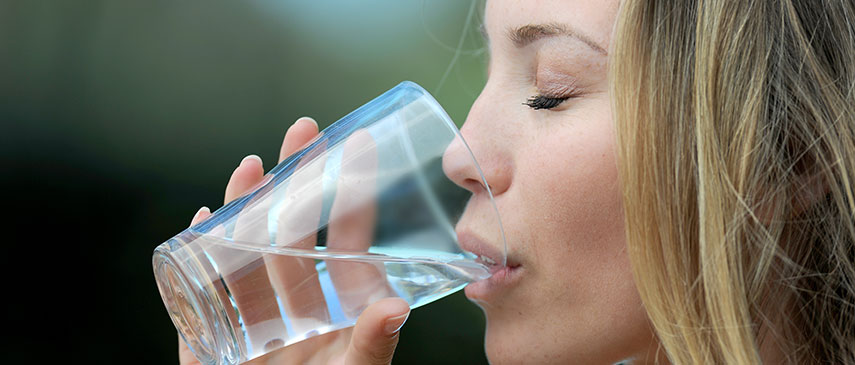Headaches are the third most common pain complaint throughout the world. They are debilitating and can greatly impact a person’s quality of life.
Fortunately, relief is possible. By working with a trained Rehab Access physical therapist, you can experience immediate pain relief from stress-related headaches and other ailments that may be contributing to your suffering. In this guide, we’ll outline the different types of headaches and the causes for them, and explain how physical therapy can help.
Types of Headaches
Pain of any sort that occurs in the head is called a headache. Many resolve on their own and don’t need intervention. However, severe headaches that recur frequently and interfere with quality of life often demand further evaluation. The challenge lies in identifying which type of headache you’re experiencing and then devising a treatment plan accordingly. Physical therapists are adept at diagnosing different types of headaches and can develop pain relief strategies for stress-related headaches.
There are 10 common types of headaches:
- Stress (tension)
- Post-traumatic
- Cluster
- Hormone
- Caffeine
- Migraine or sinus
- Exertion
- Rebound
- Hypertension
What Are Stress-Related Headaches?
Tension headaches are the most common type of headache in adults and older teens. They often appear as a result of poor posture, increased stress, neck or jaw problems, fatigue, or arthritis, although it’s possible to experience them when feeling anxious, depressed or stressed. They occur when the neck and scalp muscles contract or become tense, and they can happen at any age.
Stress-related headaches generally start at the back of the head and progress to the top of the head and eyes. Sometimes, facial pain along the jaw and cheeks accompanies the headache. They have been compared to wearing a tight hat, having hair pulled or a squeezing of the head from the ears inward.
How Can a Physical Therapist Help?
Your physical therapist will conduct a thorough evaluation of your health history and a careful physical examination. He or She will ask you a series of questions to determine the type of headache you’re experiencing and determine the best route for pain relief.
During your first visit, you can expect to undergo some of the following:
- Tests of your muscle strength and sensation
- Questions regarding previous injuries to your neck, head, jaw and back
- Inquiries about the location and types of pain and other symptoms experienced
- Measurements regarding the range of motion of your shoulders, neck and other relevant parts of the body
- Manual therapy to ascertain the mobility of joints and muscles in your neck
- Examination of your posture while engaged in different activities
If your physical therapist determines that you’re dealing with stress-related headaches, you’ll work together to develop a plan for care to meet your physical health goals. If the evaluation determines a different type of headache, your physical therapist will likely refer you to a different type of health care professional.
Goals of Physical Therapy
While the end goal of physical therapy is pain relief, there are some important steps along the way that your physical therapist will help you address so that you can achieve a decrease in pain.
Some of These Include:
- Improvement of your posture. Your posture throughout the day greatly impacts your level of pain and likelihood of stress-related headaches. Your physical therapist will teach you methods of improving your posture for a greater quality of life.
- Improvement of neck movement. Using manual therapy, your physical therapist will stretch the muscles in the back of your neck to relieve pain and increase movement.
- Improvement of strength. You’ll learn exercises to help strengthen the muscles that control your upper back and neck so that your posture improves, and you’re able to endure standing and sitting for longer periods without discomfort.
Pain Relief Methods
While each treatment meets the needs of individuals, most physical therapists use methods that range from soft tissue mobilization, heat or ice compressions, muscular releases, cervical traction, body mobilization, stretching, strengthening, muscle energy techniques, and McKenzie-based diagnosis and therapy of the spine. With all treatment plans, you can expect to receive education that will supplement your in-office experience.
Persistent and life-altering headaches may not go away without physical therapy. To experience long-lasting pain relief and improve your quality of life, contact our Gretna or Belle Chasse, LA office today.


